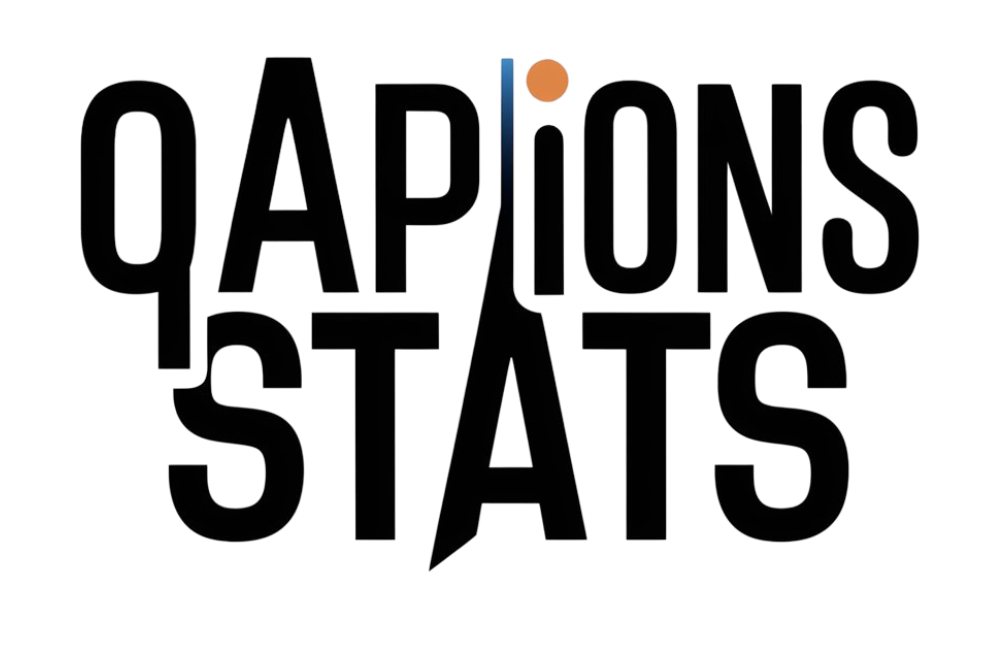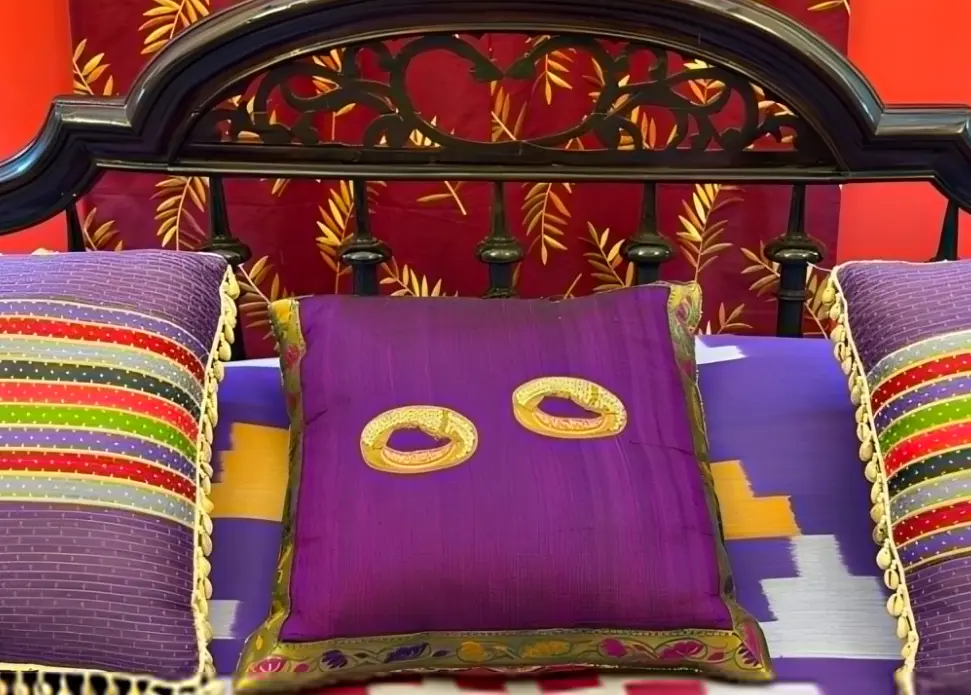When businesses, teams, or independent designers are weighing options for decorating apparel, cost is usually at the top of the list. Screen printing, embroidery, and custom transfers are three of the most widely used methods for adding logos, designs, and branding to garments. Each comes with unique advantages, but the price tag can vary significantly depending on the order size, complexity of design, and type of garment. If you’ve ever wondered whether transfers make financial sense compared to more traditional options, the answer isn’t always straightforward—but there are clear patterns. To explore this further and to see real pricing options for transfers, you can click here. Understanding the financial side of these methods helps businesses make smarter investments while balancing quality, speed, and budget.
This article takes a close look at the cost dynamics between custom heat transfers, screen printing, and embroidery, giving you a practical guide for choosing the best method for your needs.
Breaking Down the Three Methods
Before diving into costs, it’s important to understand what sets each method apart.
Custom Transfers
Custom heat transfers are printed graphics (often made using digital or screen-based techniques) that are applied to fabric using a heat press. They are flexible, work on a wide variety of fabrics, and allow for vibrant, detailed artwork—even in smaller batches.
Screen Printing
This method uses stencils and mesh screens to apply layers of ink directly onto the fabric. Screen printing is highly durable and cost-efficient for large runs, but setup costs can be high.
Embroidery
Embroidery uses thread to stitch designs directly onto garments. It offers a premium, textured look and excellent durability but usually carries a higher price point, especially for complex designs or large areas.
Initial Setup Costs
One of the biggest cost differences between these methods lies in setup.
- Screen Printing: Each color requires a separate screen, which must be created before production starts. This setup fee can make small orders expensive. For example, a four-color design may involve multiple screens, quickly raising the cost of entry.
- Embroidery: While screens aren’t needed, embroidery requires digitizing artwork into a stitch file. Digitizing fees are usually flat but can still add to the upfront cost.
- Custom Transfers: Transfers require minimal setup. Since designs are printed digitally or with pre-prepared screens in bulk, setup charges are generally lower, making them attractive for smaller orders or highly detailed, multi-color graphics.
Per-Unit Costs
Once setup is out of the way, the cost per garment is where businesses often focus.
- Custom Transfers: Pricing is highly predictable. You pay for the transfer itself (often in sheets or per piece) and then apply it to garments as needed. The per-unit cost remains consistent whether you produce 20 or 200 items, which is excellent for short runs.
- Screen Printing: Per-unit costs decrease significantly with volume. Large orders spread the setup costs across more pieces, driving the price per garment down. However, small runs can feel disproportionately expensive.
- Embroidery: Costs scale with stitch count, not order size. More complex or larger designs require more time on the machine, which drives up labor costs. Even with larger orders, embroidery rarely becomes as inexpensive per unit as screen printing.
Order Size Considerations
The size of your order is often the deciding factor in choosing between methods.
- Small Orders (under 50 pieces): Custom transfers usually win out here. With low setup costs and predictable pricing, you avoid the steep fees of screen printing or embroidery.
- Medium Orders (50–250 pieces): The balance shifts depending on design complexity. Screen printing may become cost-competitive, while transfers remain appealing for full-color artwork.
- Large Orders (250+ pieces): Screen printing almost always becomes the lowest-cost option at scale, provided the design doesn’t use too many colors. Embroidery will remain the premium-priced option in most cases.
Durability and Long-Term Value
While cost is important, durability impacts the total value of your investment.
- Screen Printing: Extremely durable, lasting through 50+ washes without fading when applied correctly.
- Embroidery: Virtually permanent, since the design is stitched directly into the fabric.
- Custom Transfers: Modern transfers, when applied correctly, can also withstand 40–50 washes with minimal fading or cracking. The technology has advanced dramatically, making them competitive with traditional methods.
This means transfers not only save upfront but can also hold their own in terms of long-term wearability.
Design Complexity and Hidden Costs
Multi-Color Designs
- Screen printing gets expensive with each added color, since each requires a new screen.
- Embroidery costs rise with increased stitch count but don’t scale as dramatically with color.
- Transfers allow unlimited color options at no additional cost, making them ideal for photo-quality or gradient-heavy graphics.
Specialty Inks and Finishes
Special effects like metallics, puff inks, or glow-in-the-dark require added fees in screen printing. Embroidery may need specialty threads that cost extra. Transfers, by contrast, can achieve many effects through digital printing with minimal extra charge.
Labor Costs
Embroidery and screen printing can be labor-intensive. Transfers require less production time per garment once the transfers are ready, which means faster turnaround and lower labor costs.
Storage and Flexibility
Custom transfers have another cost advantage: flexibility.
- With screen printing, once shirts are printed, you can’t reuse them.
- With embroidery, once the garment is stitched, the cost is locked in.
- With transfers, you can print extra transfers ahead of time, store them, and apply them later as needed. This reduces waste and lets you fulfill smaller, on-demand orders without starting a new production run.
When Embroidery Justifies the Price?
Embroidery does remain the preferred option for certain markets, despite higher costs. Premium uniforms, hats, jackets, and corporate apparel benefit from the professional look and tactile feel of embroidery. For businesses targeting high-end audiences, the added expense of embroidery may be justified as part of the brand image.
Cost Examples (Hypothetical Scenarios)
- 25 Custom T-Shirts, Full-Color Design:
- Transfers: Affordable and predictable.
- Screen Printing: High setup cost makes this expensive.
- Embroidery: Not practical for large print areas.
- 500 One-Color T-Shirts:
- Screen Printing: Likely the cheapest per unit.
- Transfers: Competitive but not the lowest.
- Embroidery: Too costly at this scale.
- 100 Polo Shirts with Small Logos:
- Embroidery: Expensive but professional.
- Transfers: A cost-effective alternative with nearly the same professional look.
- Screen Printing: Not always suitable for textured polos.
Conclusion
When comparing costs between custom transfers, screen printing, and embroidery, the right choice depends largely on order size, design complexity, and the image you want to project. For small runs and detailed designs, transfers deliver the best balance of affordability and visual quality. For very large orders, screen printing’s economies of scale often make it the lowest-cost option. Embroidery, while more expensive, provides unmatched durability and prestige for specific applications.
Ultimately, the best approach is to match the method to your priorities: budget, design needs, and garment type. If you’re looking for a flexible, cost-effective option for both small and medium orders, custom transfers deserve serious consideration. And if you want to add durability to your apparel choices, pairing transfers with high-quality garments—like Nike’s premium performance tees—creates a product that’s both affordable and long-lasting.
Also Read-



